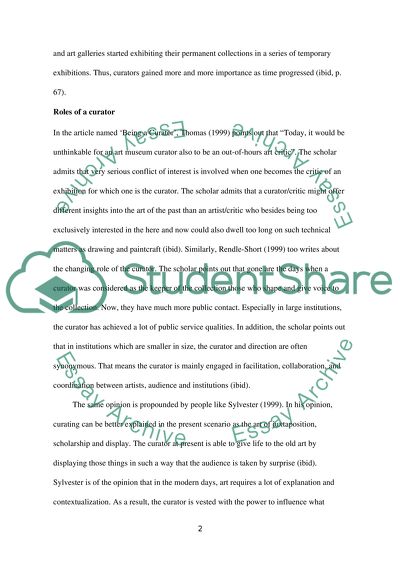Cite this document
(“The Role of Art Education in Curatorial Practice: Literature Review”, n.d.)
Retrieved from https://studentshare.org/literature/1403846-the-role-of-art-education-in-curatorial-practice-literature-review
Retrieved from https://studentshare.org/literature/1403846-the-role-of-art-education-in-curatorial-practice-literature-review
(The Role of Art Education in Curatorial Practice: Literature Review)
https://studentshare.org/literature/1403846-the-role-of-art-education-in-curatorial-practice-literature-review.
https://studentshare.org/literature/1403846-the-role-of-art-education-in-curatorial-practice-literature-review.
“The Role of Art Education in Curatorial Practice: Literature Review”, n.d. https://studentshare.org/literature/1403846-the-role-of-art-education-in-curatorial-practice-literature-review.


